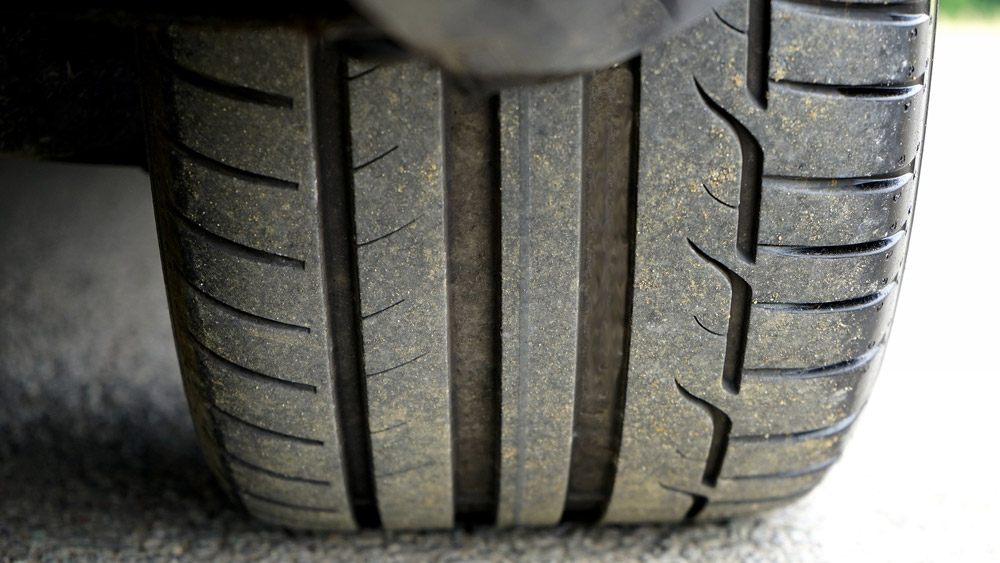 Mixing tyres on the same vehicle — for example tread patterns, types and tread depths — can be bad news. In this two-part article, we explain why.
Mixing tyres on the same vehicle — for example tread patterns, types and tread depths — can be bad news. In this two-part article, we explain why.
Lots of things are better when they’re mixed together. Cake ingredients. Cocktail drinks. Even people, sometimes! But tyres are a different story. Having the wrong mix of tyres on your vehicle can be illegal, dangerous or even life-threatening. Over the next two posts, we’ll look at five different aspects of mixing tyres:
- mixing on the same axle
- mixed tread depths
- mixed tyre sizes
- mixed cross-ply and radial
- mixed brands
And yes, we know there’s a bloke down the pub who says that all tyres are basically the same and that it’s all a plot by tyre manufacturers and fitters to increase sales. But he’s wrong, as we’ll see below.
1. Mixing tyres on the same axle
The golden rule is to avoid any sort of tyre mixing on the same axle. In fact, the ideal scenario for safety, handling and economy would be to have completely identical tyres on either side.
For safe driving, you want the tyres on the two sides of the vehicle to behave and respond in the same way. You want them to have the same amount of grip, the same rigidity, the same response to being loaded and unloaded, and so on. When tyres behave differently on the two sides, that means that the forces acting on either side of the vehicle are also different — and that can result in unpredictable handling.
An extreme example of having two tyres on the same axle behaving differently is when a tyre blows out. If you’ve experienced that situation, you’ll know all about the unpredictable handling! The different forces on either side immediately start pulling the car around.
But differences across the axle don’t have to be that extreme to seriously compromise the car and its occupants. That’s why there are laws in many countries (including the UK) to keep tyres across the same axle as similar as is practically possible.
Now let’s examine some of the types of ‘tyre mixing’ to watch out for.
2. Mixed tread depth
We all know that tread depth affects tyre performance. The law recognises this by setting a minimum legal tread depth of 1.6mm, though plenty of research shows that tyre performance is compromised well before that.
So, bearing in mind that we want tyres on two sides of the car to behave in the same way, we can see the problem with mixing different tyre depths on the same axle. Again, in certain situations, the car may behave unpredictably.
The problem is worst in wet conditions. A worn tyre is less able to disperse any water underneath it. Essentially, a badly worn tyre travels over a thin film of water, radically reducing riction between road and rubber. If the other tyre is less worn, it could mean that there’s ample grip on one side of the car and insufficient on the other. What’s worse, this discrepancy will show up when you least want it to — when you’re cornering or braking.
For this reason, driving and tyre experts recommend having similar depths of tread across an axle.
We’ll be back soon with Part Two of this post, covering other types of tyre mixing to avoid!
The BK Tyres blog carries news, views and information on tyres and related subjects. BK Tyres supplies and fits tyres throughout South Oxfordshire, including the communities of Abingdon, Didcot and Henley on Thames. As an independent, family run mobile provider, we provide exceptional levels of service and affordable prices. Contact us today.
